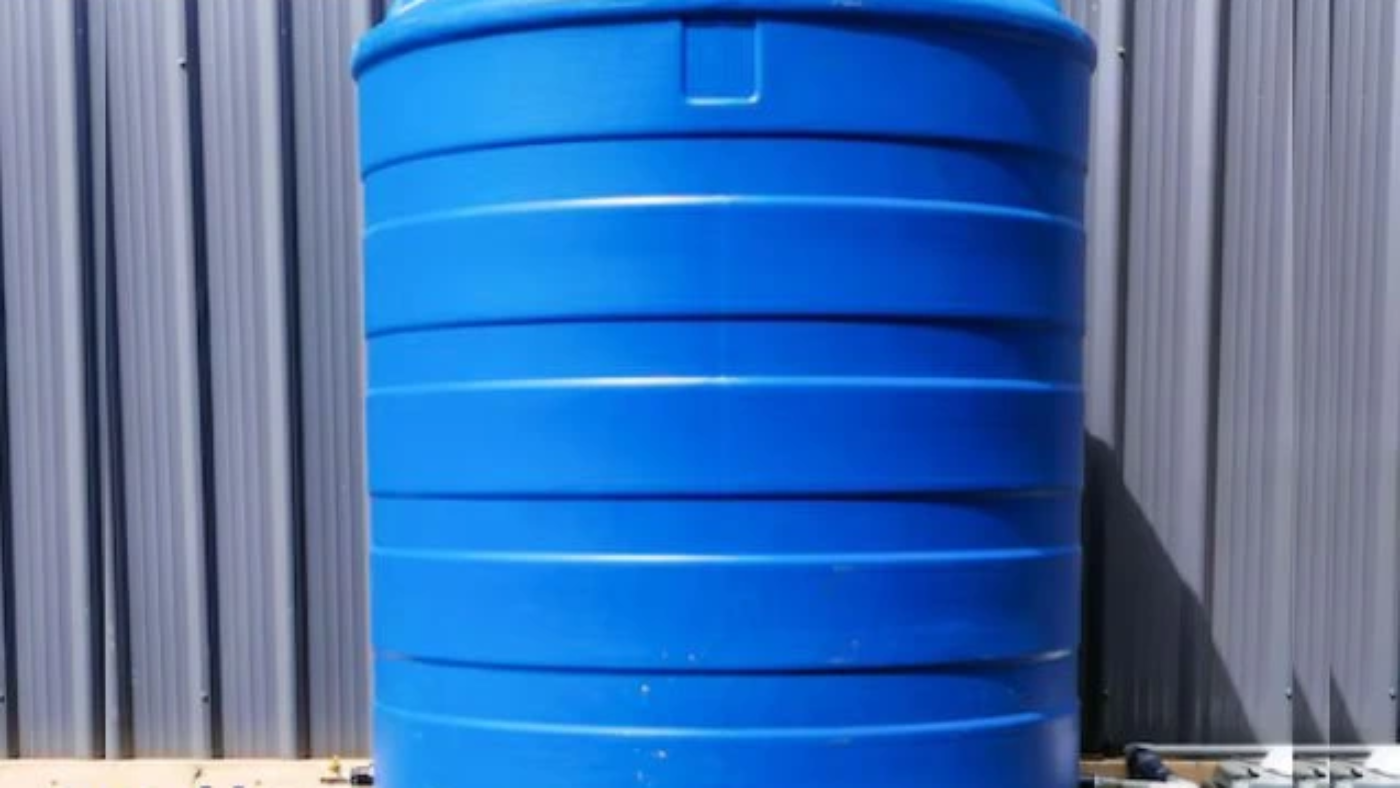Clean and safe water is essential for every household, and one of the most overlooked parts of maintaining it is regular water tank cleaning. Water tanks can easily collect dirt, algae, sediment, and even harmful bacteria over time, making the water unsafe for cooking, drinking, and everyday use. Knowing how often should water tank be cleaned is the key to ensuring your family’s health and safety.
Why Cleaning Your Water Tank is Important
Water stored in tanks is not as fresh as running water from the source. Over time, impurities like dust, sand, and even insects can settle at the bottom. Stagnant water also encourages the growth of algae and harmful microorganisms. Neglecting this can result in unpleasant smells, scaling in pipes and appliances, and waterborne illnesses.
Regular cleaning ensures:
- Safe, hygienic water for daily use.
- Better taste and smell of water.
- Longer life of water tanks and plumbing systems.
- Protection against bacteria and waterborne illnesses.
How Often Should You Clean a Water Tank?
Experts recommend cleaning domestic water tanks at least once every 6 months. However, the exact frequency depends on several factors:
- Household Water Usage: Larger families or high usage may require more frequent cleaning.
- Water Source Quality: If your water supply has high sediment levels or impurities, tanks may need quarterly cleaning.
- Tank Material: Plastic tanks are more prone to algae growth, while concrete tanks may develop cracks that harbor dirt.
- Climate and Location: In hot and humid areas, algae and bacteria grow faster, making frequent cleaning essential.
A good rule of thumb is:
- Residential Tanks – Every 6 months.
- Commercial or Industrial Tanks – Every 3 to 4 months.
- Overhead Tanks in Apartments – Every 6 months.
- Underground Tanks – At least twice a year.
Signs Your Water Tank Needs Immediate Cleaning
Even if the scheduled cleaning time hasn’t arrived, watch out for these warning signs:
- Water smells bad or tastes unusual.
- At the tank’s bottom, sediment or dirt can be seen.
- Discolouration of water when filling buckets or tanks.
- Sudden increase in waterborne illnesses in the household.
How is Water Tank Cleaning Done?
Professional water tank cleaning companies follow a systematic process to ensure tanks are fully disinfected:
- Draining the Tank – All stored water is emptied.
- Scrubbing and Vacuuming – Dirt, algae, and sludge are removed.
- High-Pressure Jet Cleaning – Ensures every corner is reached.
- Disinfection – Using safe, approved agents to kill bacteria.
- Refilling and Final Rinse – Ensures clean, safe water storage.
Professional Help for Water Tank Cleaning
While some may attempt DIY cleaning, it often misses deeper layers of dirt and bacteria. Hiring a professional water tank cleaning company ensures thorough cleaning with advanced tools and safe disinfectants. Regular servicing by experts saves time and effort and ensures your family’s health is not compromised. In Saudi Arabia, Sunshine Pest Control and Cleaning Services in Riyadh is one of the trusted providers for water tank cleaning. Their trained team uses advanced equipment and eco-friendly disinfectants to make sure tanks are thoroughly cleaned and safe for daily use. Regular servicing from experts like Sunshine not only saves time but also guarantees hygienic water storage for families and businesses.
After knowing about how often water tanks should be cleaned, it becomes clear that regular maintenance is not just a choice but a necessity for health and safety.



Leave A Comment